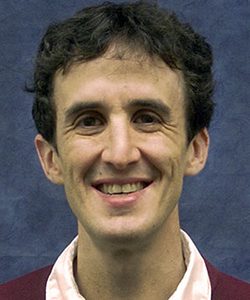University of Wisconsin-Milwaukee astronomer David Kaplan and colleagues have begun a radio search for the magnetic fields of planets orbiting distant stars.
The team reported its initial findings in “A search for circularly polarized emission from young exoplanets,” published in the Monthly Notices of the Royal Astronomical Society.

The astronomers conducted a search of star fields in the constellation Scorpius using the Murchison Widefield Array in Australia. (Four of Kaplan’s students helped build the antennas for the array last year.) This search looked at stars with known planets, and did a “blind search” for any signal that could be coming from planets.
Kaplan said the program is in part an indirect way to search for planets that could sustain life.
“If you think about what makes a planet habitable, you need an atmosphere,” Kaplan said. “But you also need a magnetic field to protect the planet from damaging radiation from its star.
“If a planet has a magnetic field and an atmosphere, it will have an aurora, which will emit the radio waves we’re looking for.”
While the searches did not detect planetary magnetic fields, these are only the first results from a larger program to systematically search for radio emissions from planets orbiting young stars. The telescope is currently undergoing upgrades that will enhance its sensitivity for future searches.
Kaplan is also participating in a second observing program looking at stars to determine what the “space weather” would be like for orbiting planets.







